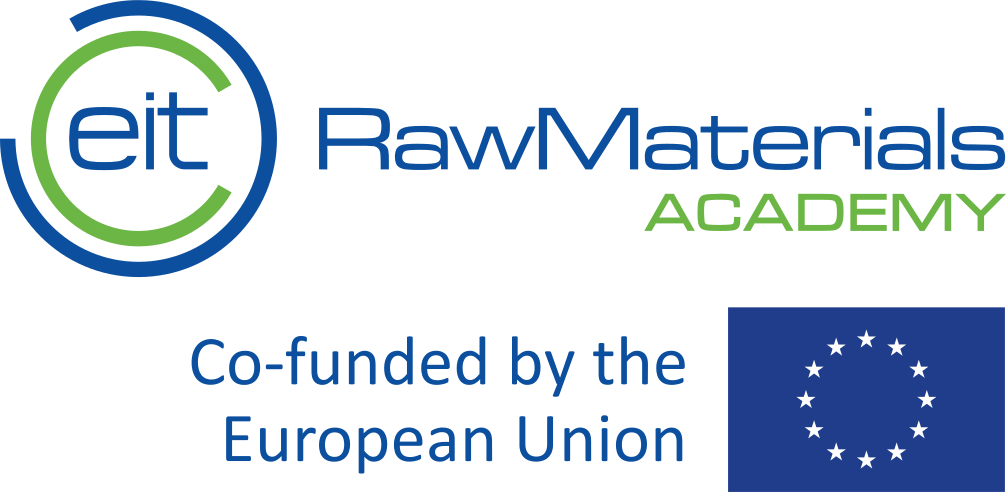From exploration to exploitation: A minerals adventure
The educational program "From exploration to exploitation: A minerals adventure" was developed as a two-to-three-hour workshop in the form of an entrepreneurship game, aiming at familiarizing undergraduate students with the concepts of Mineral Research and the Exploitation of a given ore deposit. The operational environment is developed in a network application, where the participants, through their computer, are invited to play the geoscientist’s role and direct mineral research activities from the preliminary research phase to the possible exploitation of the ore body Figure 1.

http://www.geostatistics.eu/introduction.html#
More specifically, the participants undertake the exploration of an area
where there are indications of presence of an orebody of economic
interest. An overview of the recorded experience of similar
exploitations in the wider region reveals the a priori probability of
existence of a deposit, as well as its expected size. Because this
probability is not satisfactory, and in order to increase the
information on the existence or not of a deposit, there is the
possibility to conduct a geophysical survey of the subsoil, which, as
also shown by the experience in the wider area, has a certain
credibility.
If decided to proceed to the next stage of main investigation, funding
for exploration drilling should be sought. The amount of funding, and
ultimately the number of boreholes that can be executed, will depend on
the final probability of finding a deposit. This probability will have
to be calculated based on the results of the survey so far. However, in
any case, the probability to be reported to the sponsor will be examined
by an independent researcher for a crosscheck. In case of a dispute,
there will be a pecuniary penalty, which will reduce the number of
drillings available. Drilling takes place on a predetermined square
grid. After a drilling has been carried out, the value of the useful
ingredient content will be assigned to the entire block.
The survey should end with ore reserves estimation. The grade of a block
is calculated as the average of the samples surrounding it. Upon
completion of the survey, and if results are encouraging, the user has
the possibility to proceed with the exploitation of the field. In this
case, economic data are given, concerning the marginal content of the
useful ingredient, the price of the ore, its specific weight and the
extraction costs of each block. By selecting a block, the user proceeds
automatically to the mining and then to forward it for further
processing and sale, if its actual content exceeds the marginal value,
or, if it is not, to store it in a stockpile. Up to all blocks can be
mined, but the user should also keep track of his current balance
(Figure 2). He can stop the operation at any time, so he will be
informed about his performance score.

http://www.geostatistics.eu/exercise.php
The final score of each user will be determined according to the profit
from the sale of the ore he has mined in relation to the best he could
have achieved (Figure 3). Finally, he has the opportunity to enter his
score in a list, where he competes with the rest of the participants to
get the best position.


